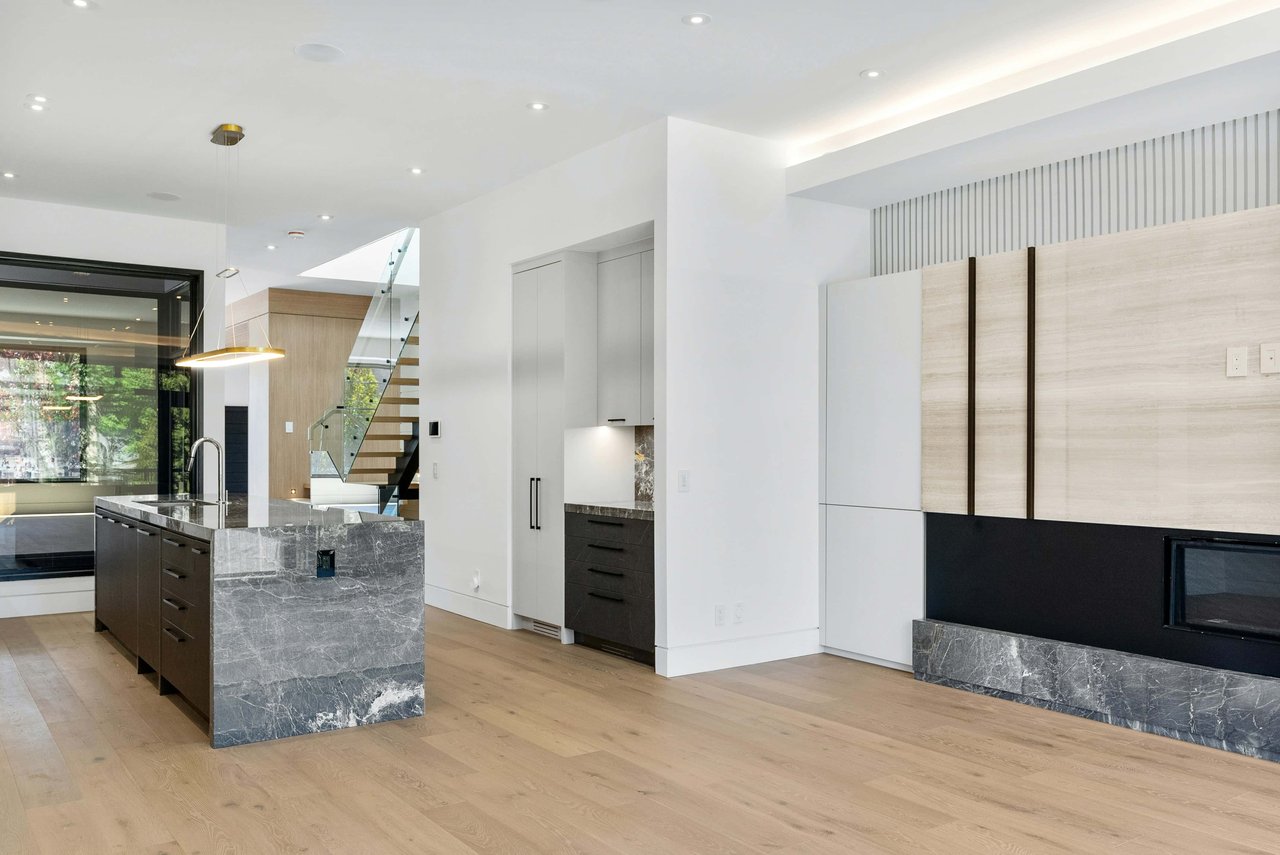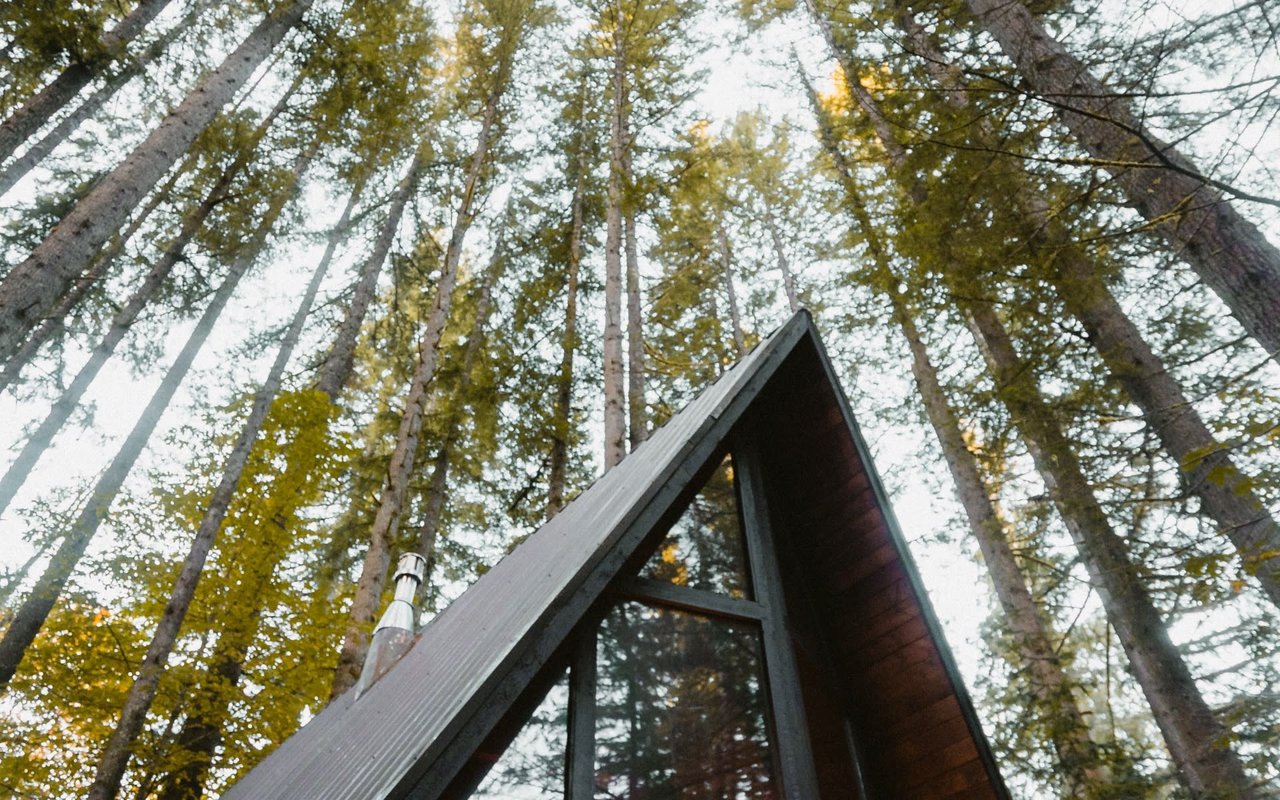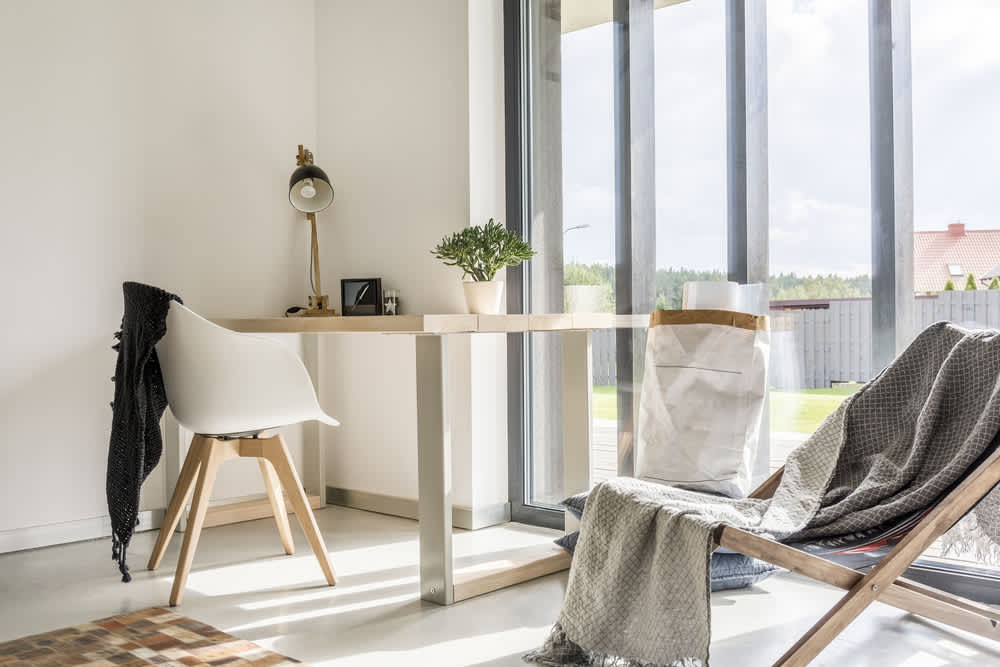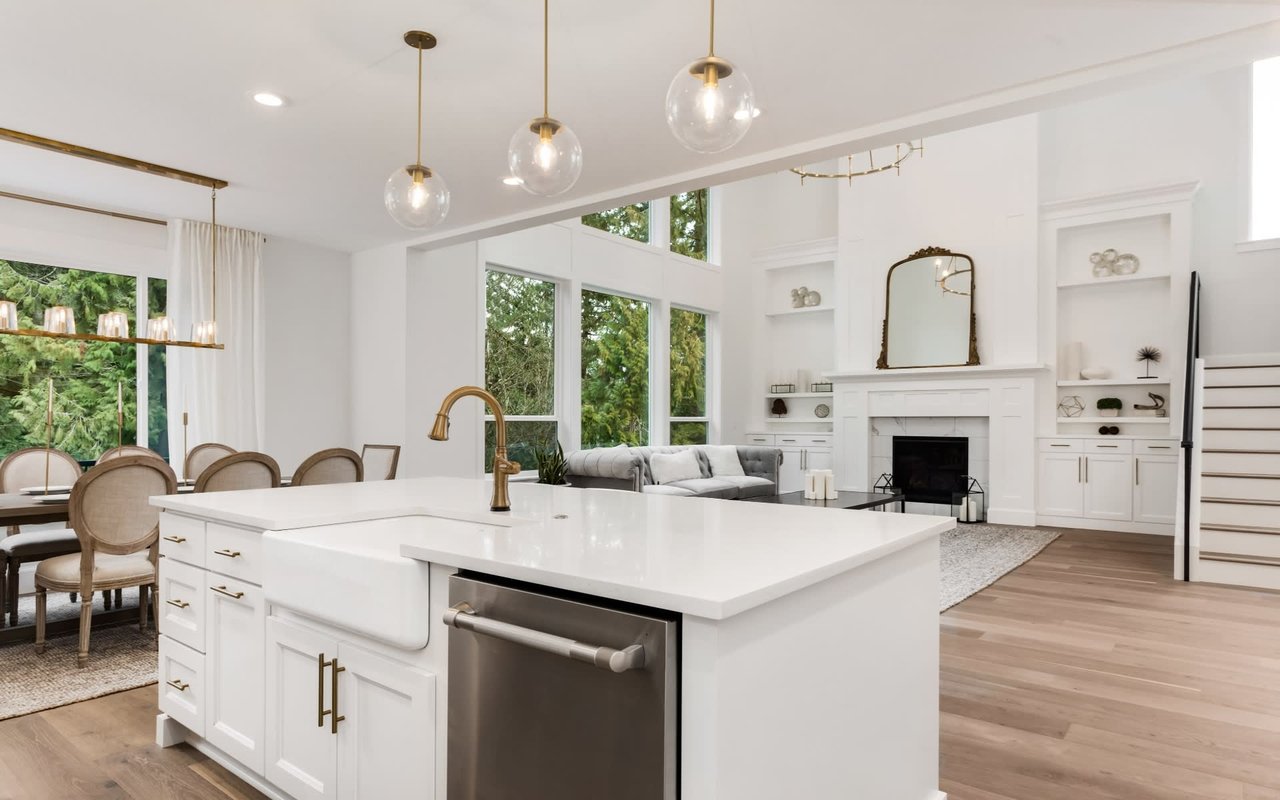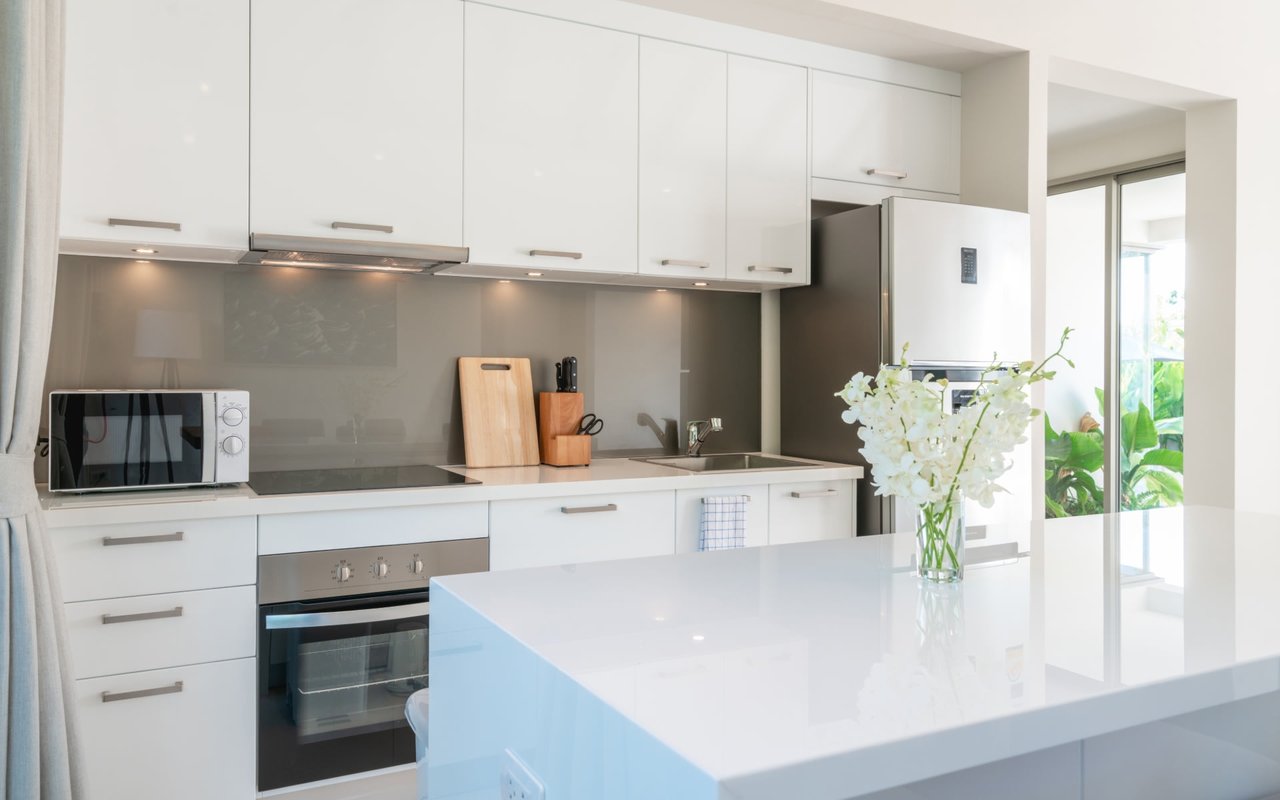Our median sales price as of the end of May is up 6.1% compared to sales through May of 2018. That sounds pretty good, but when you look at the average sales price it is down 5.7%. So what is it; price up or down? The answer to that question is “Yes, they are.” Both answers are mathematically correct. If you are a glad-handing broker you use the median, if you are some reporters at Bloomberg or the Wall Street Journal looking to bash Greenwich you use the average.
What is causing the difference in these two values is the drop in sales in the $600,000 to $1,000,000 range. Last year we had 41 sales in this price range. This year we had 21 sales. As a result, you have to go higher in price to get a 50% median price and so the median price is up.
At the same time, we had fewer sales over $5 million. We went from 20 sales last year to 9 sales through the end of May this year. Because Greenwich has such a long tale of high-end sales the change of only a few sales at the top, either way, dramatically affects the average sales price. If high-end sales drop the average price drops much more dramatically, than if low-end sales drop. As a result, the change in the average and median sales prices may not be a good indicator of how the value of your house is doing since they are both driven by the mix of what is selling. Luckily, these aren’t the only metrics that we have. Let’s look at what two other metrics are saying about today’s Greenwich real estate market.
| |
May-18 |
May-19 |
% change |
| SALES PRICE |
|
|
|
| Average Price |
$ 2,530,970 |
$ 2,387,636 |
-5.7% |
| Median Price |
$ 1,837,500 |
$ 1,950,000 |
6.1% |
| PRICE/SF |
|
|
|
| Average $/sf |
$ 575 |
$ 544 |
-5.4% |
| Median $/sf |
$ 529 |
$ 502 |
-5.0% |
| ASSESSMENT RATIO |
|
|
|
| Average SP/Assmt |
1.65 |
1.62 |
-1.4% |
| Median SP/Assmt |
1.52 |
1.47 |
-3.3% |
One metric you can look at is price/square foot. This metric looks at the whole market and for 2019 is down around 5% for both the median and the average. You’d expect the median and the average to be closer together as the mix of what’s selling has less effect. That’s not say it has no effect as we are seeing fewer very large houses selling so year to year its not an apples to apples comparison.
The next metric, and the one I like, is the ratio of the sales price to the assessment. Every 5 years the Greenwich assessor revalues all of the properties at 70% of what her department thinks is fair market value. If a house sells for exactly it’s assessed value the sales price to assessed value ratio will 1.42, the reciprocal of 70%.
Once nice thing about the average and median assessment ratios is that it can tell you something about the new construction and renovation market. If the average assessment ratio is higher than the median it means more new construction is being done. Assessment go up the most when a new house replaces a tear down and even more so when a new house is built on vacant lot. Our average assessment ratio 1.62 while our median ratio 1.47, so we are still seeing a significant amount of new construction and major renovations being added to our housing stock.
When you compare the 2018 and 2019 assessment ratios, our average is down 1.4% and our median is down 3.3%. If you want just one number to look at, the median assessment ratio of 1.47 is probably the best indicator.
For 2019, our median assessment ration is 1.47 which is only 3% higher than the aforementioned 1.42 ratio which indicates no price change between sales price and assessment. The 2019 1.47 median assessment ratio is up 3% from our last revaluation on October 1, 2015. It, however, is down from 1.52 last year. The result of all this is yes prices are down this year and if you need just one number, they are down 3.3% this year compared to last year.
That one number doesn’t tell you the whole story about today’s market. You can also look at overall supply and demand using the numbers for sales, inventory, days on market, months of supply and the sales price to original list price ratio.
| |
2,018 |
2,019 |
% change |
| HOUSE SALES |
208 |
165 |
-20.7% |
| INVENTORY |
687 |
738 |
7.4% |
| DAYS ON MARKET |
180 |
158 |
-12.2% |
| MONTHS OF SUPPLY |
16.7 |
22.4 |
34.1% |
| SP/OLP RATIO |
|
|
|
| Average SP/OLP |
90.2% |
88.4% |
-1.9% |
| Median SP/OLP |
91.0% |
89.0% |
-2.2% |
What you see when you do that is a 21% drop in sales year to year and a 7% rise in inventory. Our months of supply is up 34% to 22 months of supply and our median sales price to original list price has slipped 2% to 89%. On the good news side our days on market has gone down by 12% showing that houses priced to today’s market are selling faster than last year.
Overall, it’s a weak market with only the $2 – 3 million market doing better than last year and much of the increased sales in that price category are concentrated in Old Greenwich, Riverside and Cos Cob. Our sales were up on in May over prior months this year, but so far sales in June seem to be returning to a weaker 2019 pattern. Let’s hope June repeats what we saw in May with most sales for the month concentrated in the last 10 days of the month.
So what about your house, is the price up or down this year and how much? The odds are it’s down a little bit, but value and convenience are what is driving today’s buyer. Today’s buyers aren’t depending on prices going up while they own their home and are working very hard to get the best deal that they can on purchasing the home. They also want to do as little work as they can before moving in as often we have two very busy adults who don’t feel they have the time to take on a large construction project. This results in them missing out on one of the best ways to generate value and that is the fixer-upper.
I have a great example of that at 108 Pecksland; it’s a classic house that needs work to be adapted for today’s market. We recently reduced the price from $1.99 million to $1.65 million. At that price it is getting a lot of showing, but most buyers, particularly, the under 40 set, who have been the primary lookers are concerned about the amount of work needed to create today’s popular open floor plan, walk-in closets and very large master bath.
Most of the buyers are focusing on the cost and their time needed to get the house modernized. What they are missing is that in this case the cost is not an expense, but an investment. Replacing a roof or putting in a new hot water tank are expenses; they don’t add much value to a house but solving a house’s problems does. The costs in this case significantly increase the value of the house now and going forward. Making improvements that the market wants and is the quickest way to add value to a house. Working with a realtor that knows contractors, the market and ways to solve problems can make for a nice return on your investment even in today’s market.



